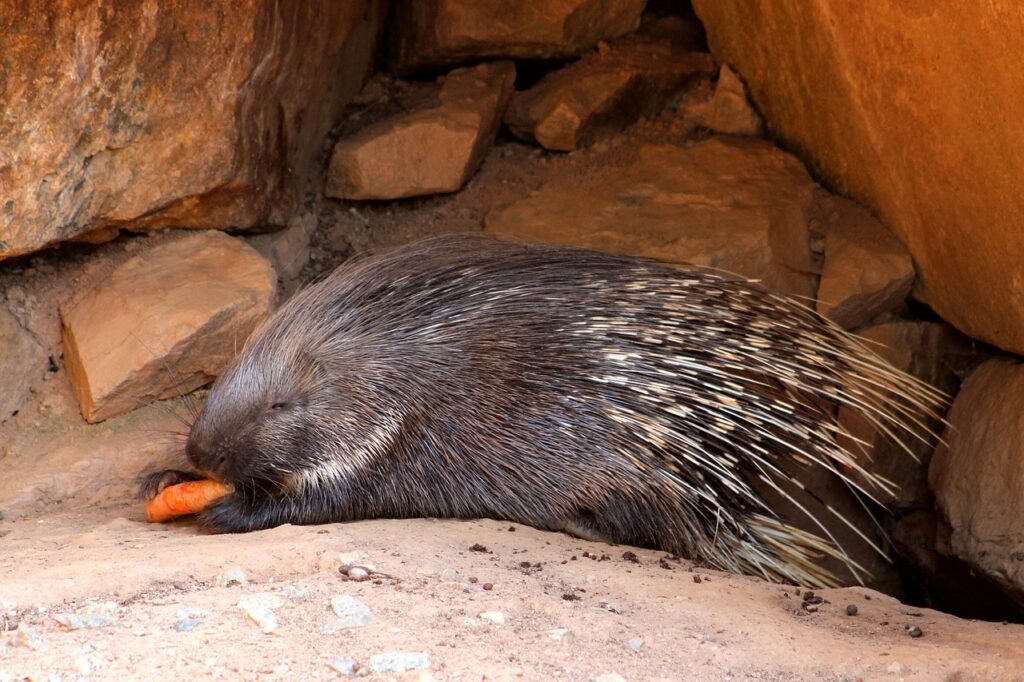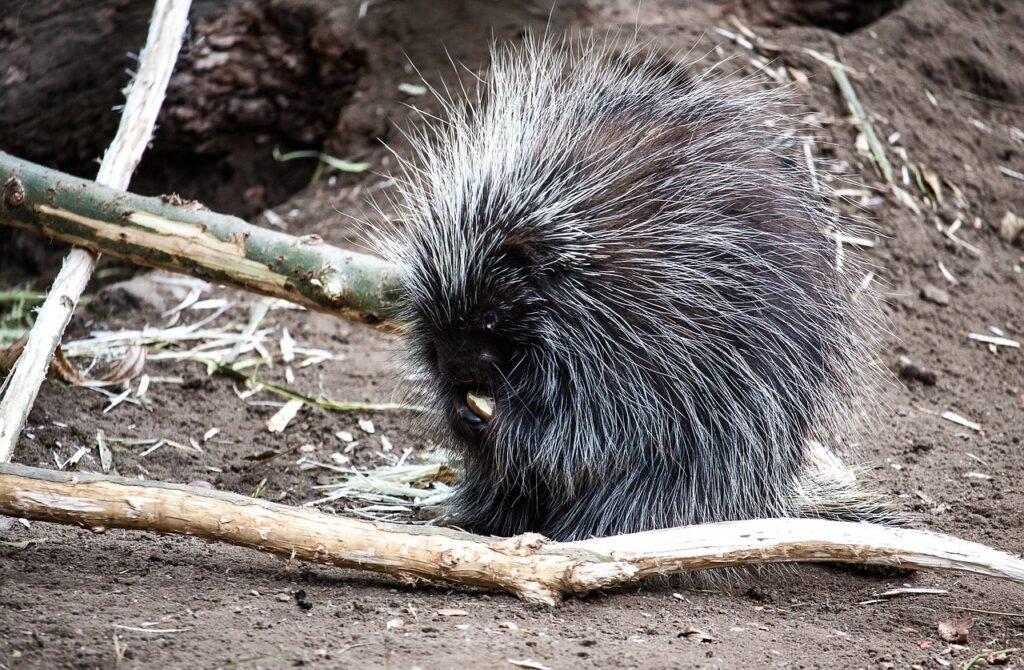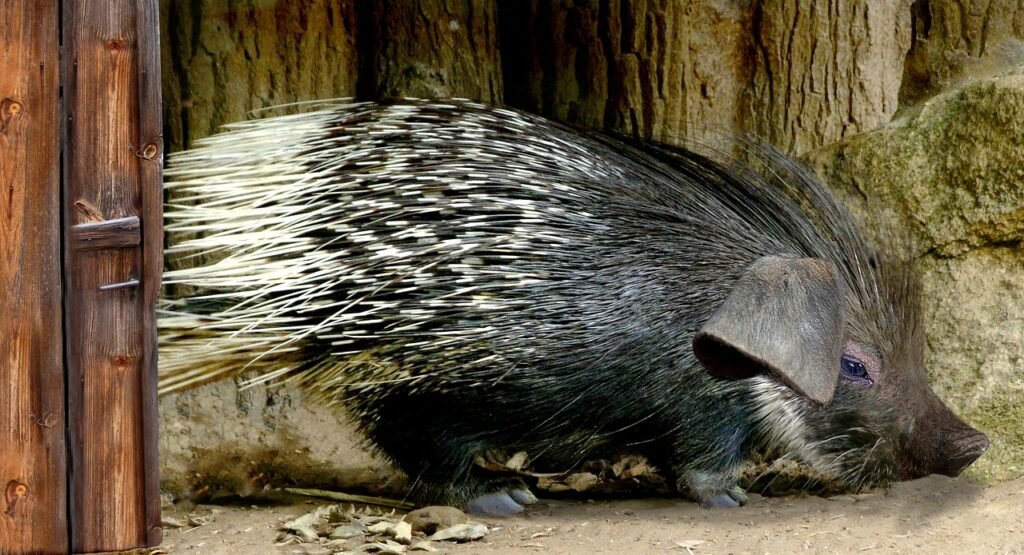Designing the perfect habitat for your porcupine involves creating a space that caters to their unique needs and allows them to thrive. In this comprehensive guide, we’ll explore the essential elements to set up the ideal porcupine habitat – a place where they can feel comfortable, engaged, and truly at home.
1. Understanding Porcupine Behavior:
Begin by gaining a deep understanding of porcupine behavior. Consider their natural instincts, such as climbing, burrowing, and foraging. This knowledge forms the foundation for a habitat that meets their specific needs.
2. Spacious Enclosure Design:
Porcupines are active animals that require room to roam. Opt for a spacious enclosure that allows them to move freely, explore, and engage in their natural behaviors. A larger space promotes physical and mental well-being.
3. Quill-Resistant Enclosure Materials:
Select enclosure materials that are quill-resistant and provide a secure environment. Durable materials like metal or thick wood can prevent escape attempts and ensure safety for both your porcupine and those interacting with them.
4. Enrichment through Climbing Structures:
Enhance the habitat with climbing structures and platforms. Porcupines are skilled climbers, and incorporating vertical elements not only provides physical exercise but also satisfies their instinct to explore elevated spaces.
5. Cozy Nesting Areas:
Create comfortable nesting spaces using soft bedding materials like hay or straw. Porcupines appreciate a cozy retreat where they can rest and feel secure. Ensure these nesting areas are easily accessible and well-protected.
6. Facilitating Burrowing Instincts:
Cater to their burrowing instincts by incorporating tunnels or substrate that allows for digging. This adds an extra dimension to their habitat, offering mental stimulation and a sense of fulfillment.
7. Social Interaction Zones:
While porcupines are generally independent, providing spaces for social interaction is important. Designate areas within the enclosure where they can interact with other pets or family members, promoting a sense of connection.
8. Regular Environmental Enrichment:
Keep the habitat dynamic with regular additions of new toys, puzzle feeders, and items that stimulate their minds. Environmental enrichment prevents boredom and encourages ongoing exploration.
9. Feeding Stations for Mental Stimulation:
Establish specific feeding stations, incorporating puzzle feeders or scatter feeding techniques. This engages their foraging instincts during mealtime, adding mental stimulation to their daily routine.
10. Proper Ventilation and Lighting:
Maintain proper ventilation to ensure a fresh and healthy environment. Adequate lighting, whether natural or artificial, helps regulate circadian rhythms, contributing to the overall well-being of your porcupine.
Creating the ideal porcupine habitat is an ongoing process that requires observation, adaptation, and a genuine commitment to their welfare. By incorporating these essential elements, you’re not just setting up a habitat – you’re crafting a Quill Zone where your porcupine can lead a fulfilling and happy life.



